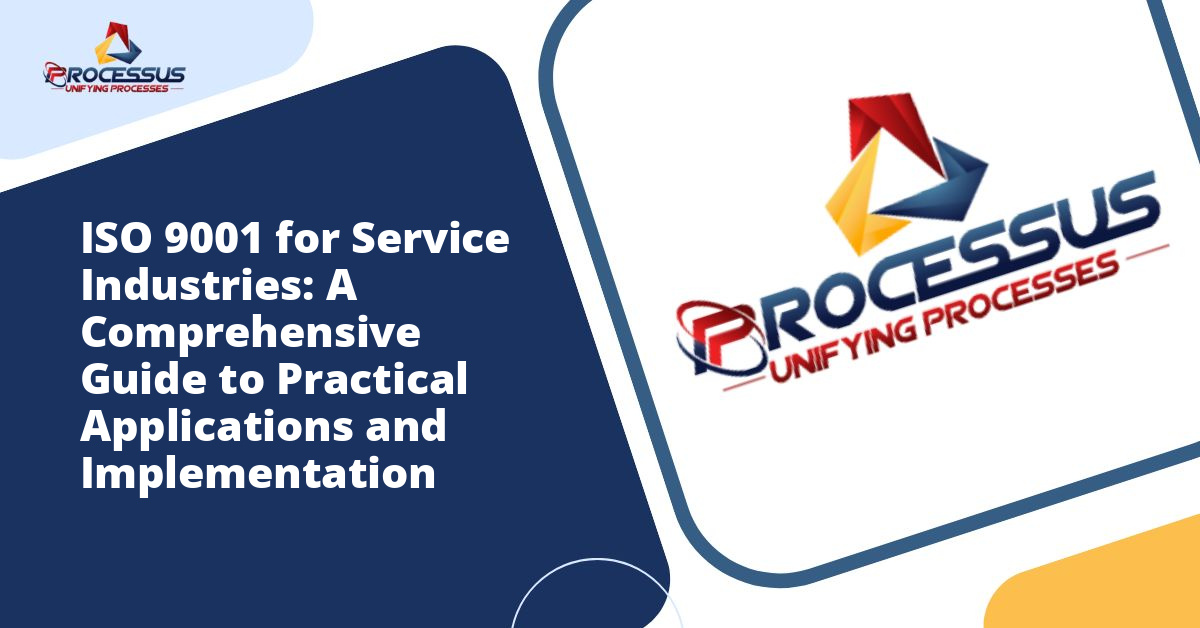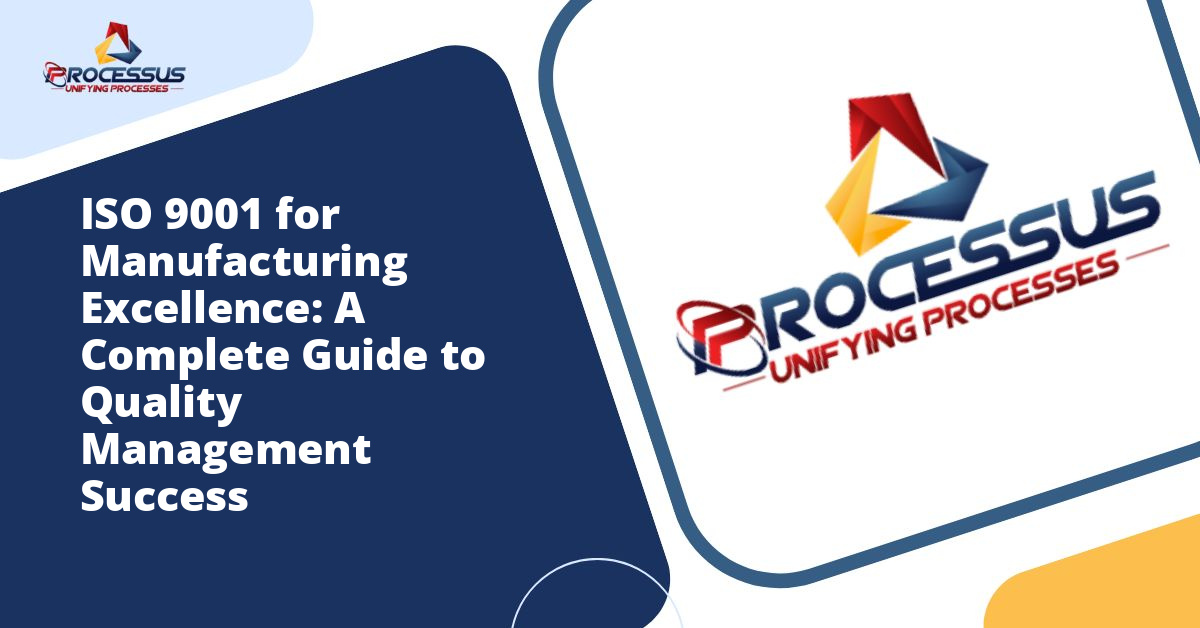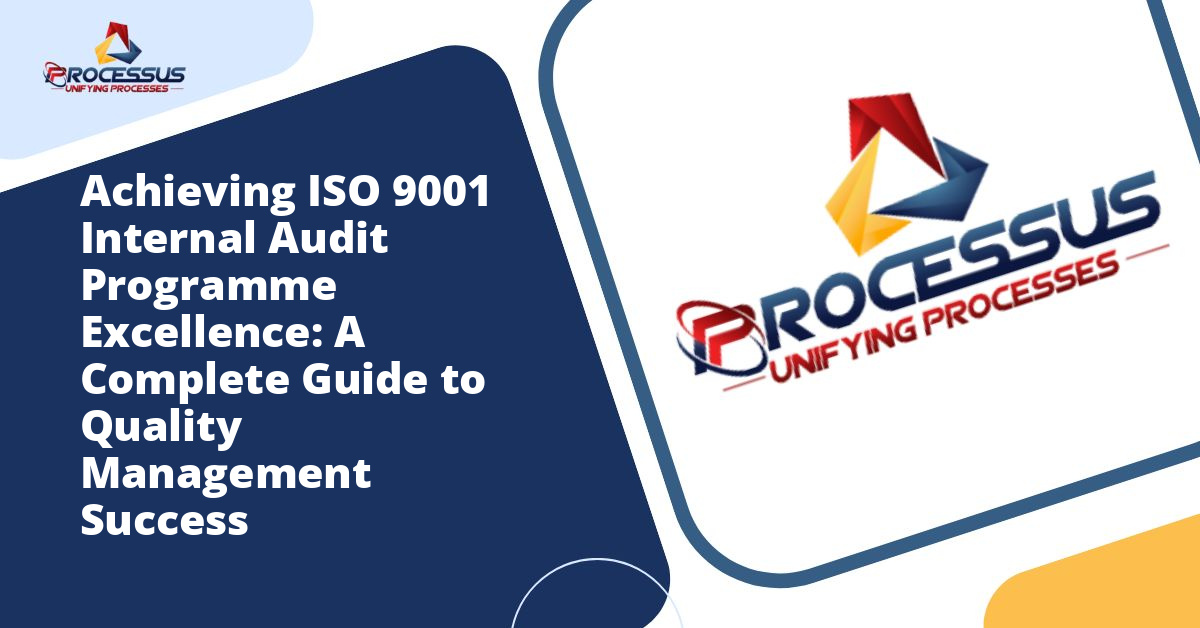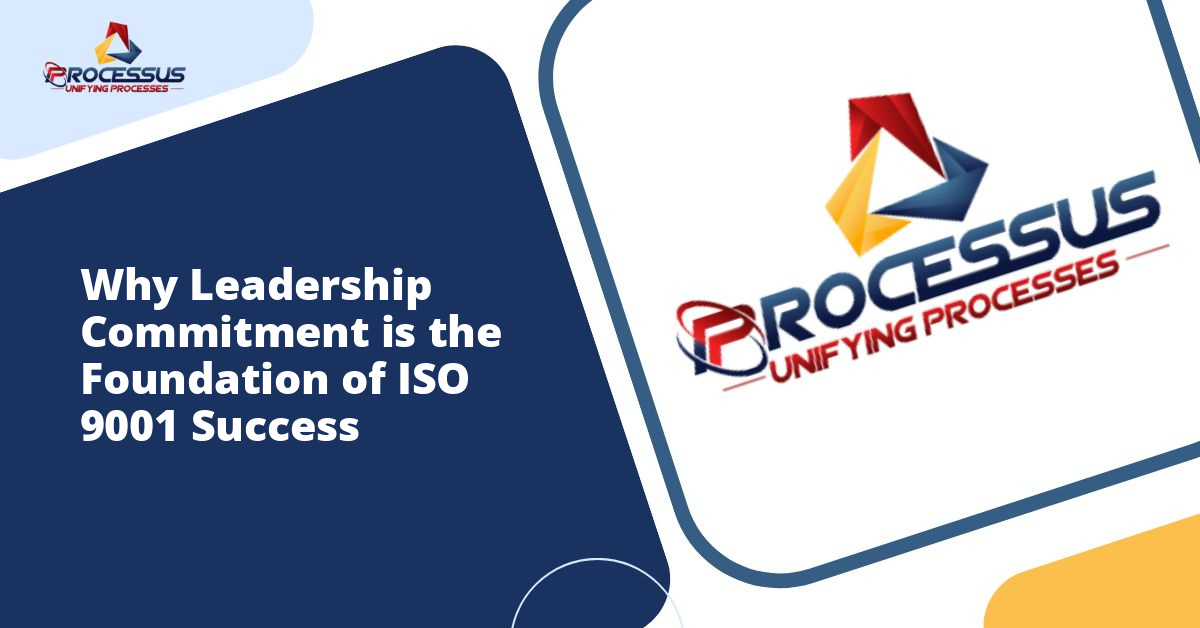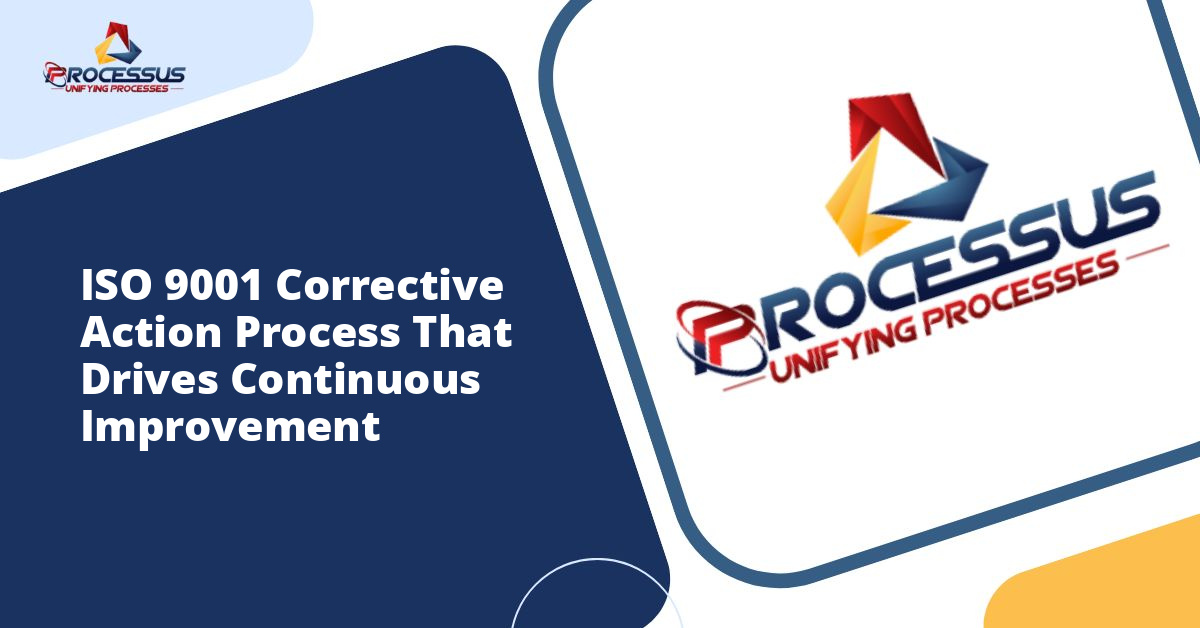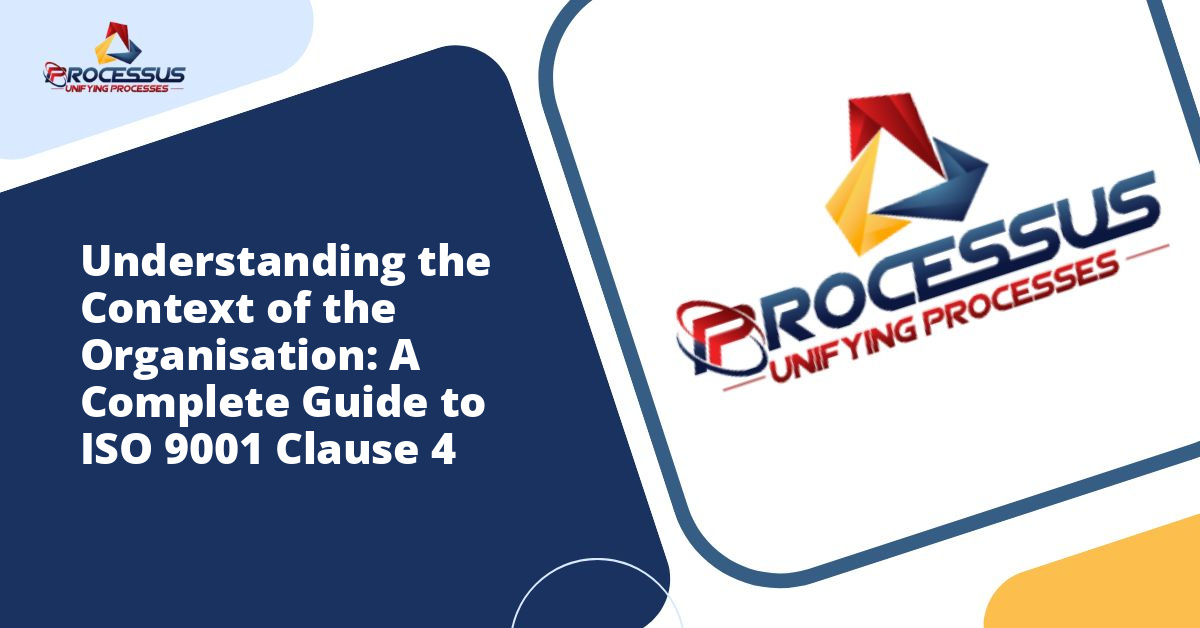Quality management has become a cornerstone of business success across all sectors, and service industries are no exception. While ISO 9001 certification was originally perceived as a manufacturing standard, its principles have proven remarkably adaptable to service-based organizations. This comprehensive guide explores how service industries can leverage ISO 9001 to enhance operational efficiency, improve customer satisfaction, and gain a competitive edge in today’s demanding marketplace.
Understanding ISO 9001 in the Service Context
ISO 9001 is an internationally recognized standard that sets out the criteria for a quality management system. It represents a framework that organizations can use to ensure they consistently meet customer requirements and enhance satisfaction through effective process management. For service industries, this standard provides a systematic approach to delivering consistent, high-quality services while continuously improving performance. You might also enjoy reading about Customer Satisfaction Measurement for ISO 9001: A Complete Implementation Guide.
The beauty of ISO 9001 lies in its flexibility. Unlike industry-specific standards, it offers a generic framework that can be adapted to any organization, regardless of size or sector. Service providers ranging from healthcare facilities to consulting firms, from hospitality businesses to financial institutions, have successfully implemented ISO 9001 to streamline their operations and demonstrate their commitment to quality. You might also enjoy reading about ISO 9001:2015 Process Approach Implementation Guide: A Complete Framework for Quality Management Success.
Why Service Industries Need ISO 9001
Service industries face unique challenges that make quality management particularly crucial. Unlike manufacturing, where quality can be measured through tangible product specifications, services are intangible, inseparable from the provider, and consumed at the moment of delivery. This makes consistency and quality control more complex but equally important.
Building Customer Trust and Confidence
In service industries, reputation is everything. ISO 9001 certification signals to customers that your organization follows internationally recognized best practices. This certification serves as a powerful marketing tool, demonstrating your commitment to quality and reliability. Customers increasingly seek assurance that service providers maintain rigorous standards, and ISO 9001 provides that third-party validation.
Creating Operational Consistency
One of the greatest challenges in service delivery is maintaining consistency across different employees, locations, and time periods. ISO 9001 establishes documented processes that ensure every customer receives the same high-quality experience. This standardization reduces variability, minimizes errors, and creates a reliable service delivery model.
Enhancing Competitive Advantage
Many organizations and government agencies now require their suppliers and partners to hold ISO 9001 certification. By achieving certification, service providers can access new markets, participate in tender processes, and differentiate themselves from competitors. This credential can be the deciding factor when clients evaluate multiple service providers.
Core Principles of ISO 9001 Applied to Services
The current version of ISO 9001 is built on seven quality management principles that are particularly relevant to service industries. Understanding these principles helps organizations implement the standard more effectively.
Customer Focus
At the heart of ISO 9001 is an unwavering commitment to understanding and meeting customer needs. Service organizations must identify their customers’ explicit and implicit expectations, then design processes to meet or exceed those expectations. This principle requires regular customer feedback collection, analysis of satisfaction levels, and responsive action to address concerns.
Leadership Commitment
Successful ISO 9001 implementation requires visible commitment from top management. Leaders must establish a clear quality policy, ensure resources are available, and create a culture where quality is everyone’s responsibility. In service organizations, leadership sets the tone for how employees interact with customers and approach their daily responsibilities.
Engagement of People
Service delivery depends heavily on people. ISO 9001 recognizes that engaged, competent, and empowered employees are essential to quality service. Organizations must invest in training, create clear role definitions, and encourage employees to contribute ideas for improvement. When staff members understand how their work impacts quality, they become active participants in maintaining standards.
Process Approach
ISO 9001 requires organizations to identify, manage, and optimize their processes. For service industries, this means mapping out every step of service delivery, from initial customer contact through post-service follow-up. By understanding these processes, organizations can identify inefficiencies, eliminate waste, and ensure that each step adds value to the customer experience.
Continuous Improvement
The standard requires organizations to continually seek ways to improve their quality management system. This is not a one-time effort but an ongoing commitment to excellence. Service organizations should regularly review their performance metrics, analyze customer feedback, and implement improvements based on data-driven insights.
Evidence-Based Decision Making
Effective decisions are based on analysis of data and information. ISO 9001 requires organizations to collect and analyze relevant data about their processes, customer satisfaction, and system performance. For service industries, this might include tracking service delivery times, customer complaints, employee performance metrics, and other key indicators.
Relationship Management
Organizations depend on their relationships with interested parties, including suppliers, partners, and customers. ISO 9001 encourages service providers to identify these relationships and manage them strategically to enhance overall performance and create mutual value.
Practical Applications Across Service Sectors
The versatility of ISO 9001 allows it to be applied across diverse service industries. Let us examine how different sectors can implement the standard practically.
Healthcare Services
Healthcare providers face intense scrutiny regarding quality and patient safety. ISO 9001 helps medical facilities establish clear protocols for patient care, medication management, hygiene standards, and emergency procedures. The standard supports compliance with healthcare regulations while providing a framework for continuous improvement in clinical and administrative processes.
Practical applications in healthcare include standardized patient intake procedures, documented treatment protocols, equipment maintenance schedules, and systematic handling of patient feedback. These measures reduce medical errors, improve patient outcomes, and enhance the overall care experience.
Professional Services and Consulting
Consulting firms, legal practices, and accounting services benefit from ISO 9001 by establishing clear project management methodologies, client communication standards, and quality review processes. The standard helps these organizations ensure that every engagement meets professional standards and client expectations.
Implementation might include standardized proposal development processes, project planning templates, regular client progress updates, and formal quality reviews before deliverable submission. These practices ensure consistency across different consultants and projects while building client confidence.
Hospitality and Tourism
Hotels, restaurants, and tourism operators use ISO 9001 to create memorable customer experiences consistently. The standard helps establish service standards, cleanliness protocols, staff training programs, and guest feedback mechanisms. In an industry where reviews and reputation are paramount, ISO 9001 provides a structured approach to maintaining excellence.
Practical applications include standardized check-in and check-out procedures, room preparation checklists, food safety protocols, and systematic response to guest complaints. These measures ensure that every guest receives the same high-quality experience regardless of which staff members they interact with.
Financial Services
Banks, insurance companies, and investment firms operate in highly regulated environments where errors can have significant consequences. ISO 9001 complements regulatory compliance by establishing robust quality management processes. The standard helps financial institutions maintain accuracy, protect customer data, and deliver reliable services.
Implementation includes documented procedures for account opening, transaction processing, complaint handling, and regulatory reporting. The standard also supports effective risk management and business continuity planning, which are critical in financial services.
Education and Training
Educational institutions and training providers use ISO 9001 to ensure consistent program quality, effective learning outcomes, and student satisfaction. The standard provides a framework for curriculum development, instructor qualification, learning resource management, and assessment procedures.
Practical applications include standardized course development processes, regular instructor evaluations, student feedback collection, and continuous curriculum improvement based on learning outcomes assessment. These practices help educational organizations maintain accreditation and demonstrate their commitment to quality education.
Information Technology Services
IT service providers face challenges in delivering complex technical solutions while maintaining customer satisfaction. ISO 9001 helps establish clear service level agreements, incident management procedures, change control processes, and customer communication protocols.
Implementation might include standardized project methodologies, code review procedures, testing protocols, and systematic handling of support tickets. These practices reduce system failures, improve customer satisfaction, and enhance overall service reliability.
Implementation Steps for Service Organizations
Successfully implementing ISO 9001 requires careful planning and systematic execution. Here is a practical roadmap for service organizations seeking certification.
Gap Analysis and Planning
Begin by assessing your current quality management practices against ISO 9001 requirements. This gap analysis identifies areas where your organization already meets the standard and areas requiring development. Based on this assessment, create a detailed implementation plan with timelines, responsibilities, and resource allocations.
Process Mapping and Documentation
Document your service delivery processes clearly and comprehensively. Create process maps that show how work flows through your organization, identify key control points, and establish clear procedures for critical activities. This documentation should be practical and user-friendly, serving as a genuine tool for employees rather than merely satisfying audit requirements.
Quality Policy and Objectives
Develop a quality policy that reflects your organization’s commitment to quality and customer satisfaction. Establish measurable quality objectives that align with your strategic goals. These objectives should be specific, achievable, and regularly reviewed to ensure continued relevance.
Training and Awareness
Invest in comprehensive training to ensure all employees understand ISO 9001 requirements and their role in the quality management system. Create awareness about the benefits of certification and how it will improve daily work. Engaged employees are essential to successful implementation and ongoing compliance.
Internal Auditing
Establish an internal audit program to assess compliance with ISO 9001 requirements and identify improvement opportunities. Train internal auditors who understand both the standard and your organization’s operations. Regular internal audits prepare your organization for certification audits while driving continuous improvement.
Management Review
Implement regular management reviews to assess the quality management system’s performance. These reviews should examine customer feedback, process performance, audit results, and progress toward quality objectives. Management reviews ensure that the system remains effective and aligned with business strategy.
Certification Audit
Once your system is fully implemented and tested through internal audits, engage an accredited certification body to conduct the certification audit. This typically occurs in two stages: a documentation review and a comprehensive on-site audit. Successful completion results in ISO 9001 certification, typically valid for three years with annual surveillance audits.
Common Challenges and Solutions
Service organizations often encounter specific challenges when implementing ISO 9001. Understanding these challenges and their solutions can smooth the implementation journey.
Resistance to Change
Employees may resist new procedures and documentation requirements, viewing them as bureaucratic obstacles. Address this by clearly communicating the benefits of ISO 9001, involving staff in process development, and demonstrating how the system makes their work easier rather than harder.
Documentation Overload
Organizations sometimes create excessive documentation that becomes burdensome rather than helpful. Focus on essential documentation that adds value. Remember that ISO 9001 requires documented information where it is necessary for process effectiveness, not documentation for its own sake.
Measuring Service Quality
Quantifying service quality can be challenging due to its intangible nature. Develop meaningful metrics such as customer satisfaction scores, service delivery times, complaint resolution rates, and repeat business percentages. Combine quantitative and qualitative measures to get a complete picture of service quality.
Maintaining Momentum
After initial certification, organizations may lose focus on continuous improvement. Prevent this by establishing regular review cycles, celebrating improvement achievements, and maintaining visible leadership commitment to the quality management system.
Measuring Success and Return on Investment
ISO 9001 implementation requires investment of time, resources, and money. Organizations should track the return on this investment through various indicators.
Customer satisfaction improvements often become evident through increased positive feedback, higher retention rates, and stronger referral business. Operational efficiencies emerge through reduced errors, faster service delivery, and lower costs associated with rework and complaints. Employee satisfaction typically improves as clearer processes reduce confusion and frustration.
Market advantages manifest through access to new customers who require ISO 9001 certification, improved win rates in competitive situations, and enhanced reputation in the marketplace. These benefits often far exceed the implementation costs, making ISO 9001 a valuable strategic investment.
Future Trends and Evolving Applications
As service industries evolve, ISO 9001 applications continue to adapt. Digital transformation is reshaping how services are delivered, and quality management systems must incorporate digital processes, data analytics, and automated workflows. The standard’s flexibility allows organizations to integrate emerging technologies while maintaining quality principles.
Sustainability and social responsibility are increasingly important to customers. Organizations are integrating environmental and social considerations into their quality management systems, demonstrating that quality encompasses not just service delivery but also responsible business practices.
Customer expectations continue to rise, driven by digital experiences in other aspects of their lives. ISO 9001 provides a foundation for service innovation, helping organizations systematically test and implement new service delivery models while maintaining quality standards.
Conclusion
ISO 9001 offers service industries a powerful framework for achieving operational excellence, enhancing customer satisfaction, and building sustainable competitive advantages. While implementation requires commitment and resources, the benefits extend far beyond certification itself. Organizations that embrace the standard’s principles create cultures of continuous improvement where quality becomes embedded in every aspect of service delivery.
The practical applications of ISO 9001 vary across different service sectors, but the underlying principles remain constant: understand customer needs, establish effective processes, engage your people, make evidence-based decisions, and continuously improve. Whether you operate a small consulting practice or a large healthcare system, ISO 9001 provides tools and frameworks to enhance your service quality systematically.
As customer expectations continue to evolve and competition intensifies, service organizations that demonstrate their commitment to quality through ISO 9001 certification position themselves for long-term success. The journey toward certification may be challenging, but the destination creates organizations that deliver exceptional value to customers, employees, and stakeholders alike.

